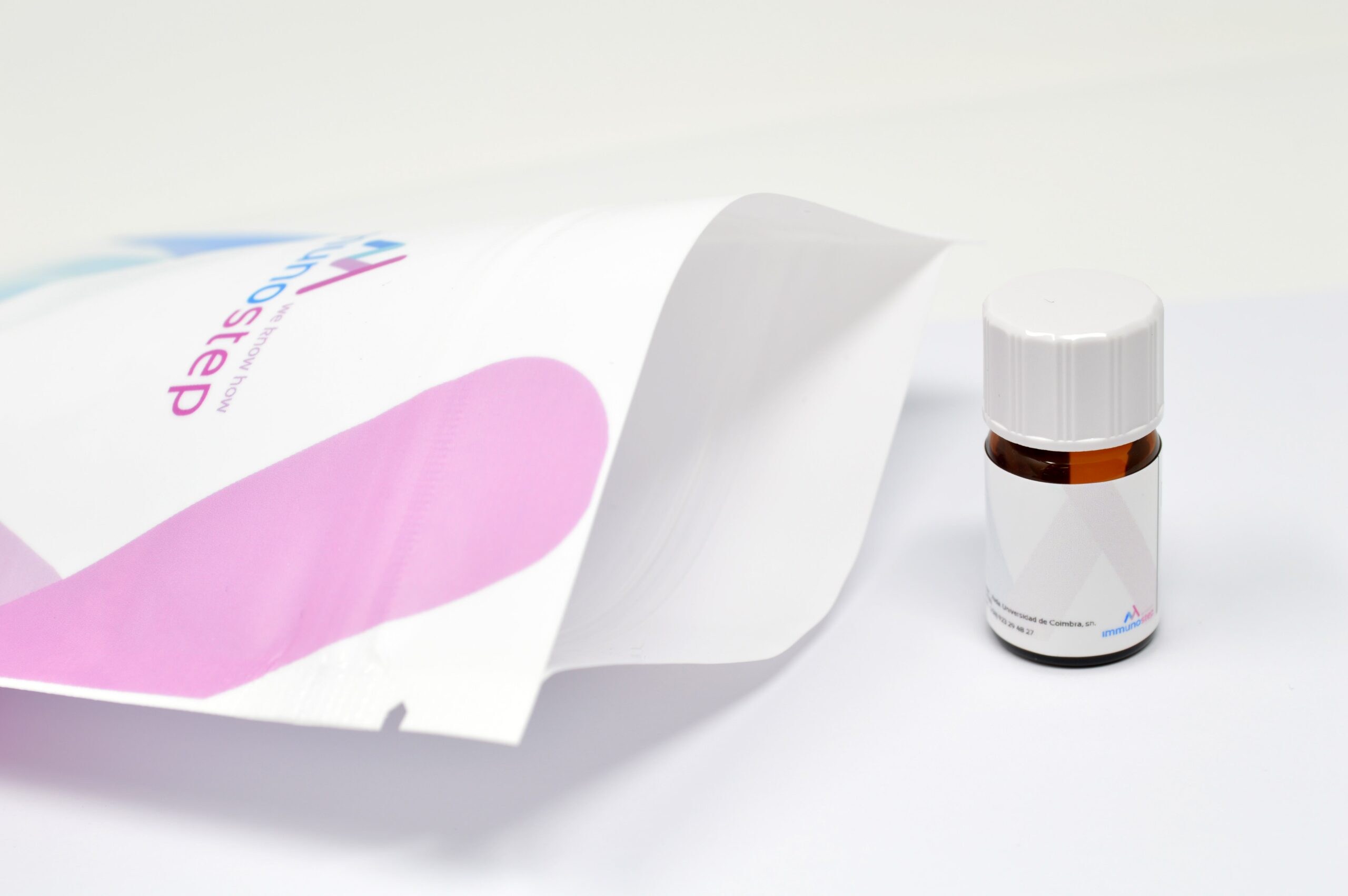- Products
- Oncohematology
- Antibodies
- Kits
- CAR T-cell
- Euroflow
- Single reagents
- Request info
- Resources and support
- Immunology
- Antibodies
- Single reagents
- Cross match determination (FCXM)
- FcεR1
- Ig subclasses
- Single reagents
- Kits
- TiMas, assessment of tissue macrophages
- Request info
- Resources and support
- Antibodies
- Exosomes
- Accesory reagents
- Software
- Oncohematology
- Services
- Peptide Production
- Design
- Modification
- Protein Services
- Expression and purification
- Freeze drying
- Monoclonal And Polyclonal Antibody Development
- Monoclonal
- Policlonal
- Specialized antibody services
- OEM/Bulk production
- Purification
- Conjugation
- Custom Exosome Services
- Isolation and purification
- Characterization
- Peptide Production
- Shop
- Support
- About Us
- Contact
- Shop
- Single Antibodies
- CD326 (EpCAM)
CD326 (EpCAM)
302,00 € excl.VAT – 2.028,00 € excl.VAT
The VU-1D9 monoclonal antibody reacts with the human CD326 is also known as Ep-CAM, tumor associated calcium signal transducer 1, epithelial cell surface antigen, epithelial glycoprotein 2, EGP2, adenocarcinoma associated antigen, and TROP1. This cell surface glycosylated 40 kD protein is highly expressed in bone marrow, colon, lung, and most normal epithelial cells and is expressed on carcinomas of gastrointestinal origin. Recently, it has been reported that CD326 expression occurs during the early steps of erythrogenesis. CD326 functions as a homotypic calcium-independent cell adhesion molecule and is believed to be involved in carcinogenesis by its ability to induce genes involved in cellular metabolism and proliferation. CD326 antigen is an immunotherapeutic target for the treatment of human carcinomas is a type I transmembrane protein containing six disulfide bridges and one THYRO domain.
Additional information
| Conjugated | |
|---|---|
| Size | |
| Regulatory Status | |
| Clone | |
| Gene ID | |
| Format | |
| Species Reactivity | |
| Isotype | |
| Tested Applications | |
| Clonality | |
| UniProt | |
| Mw | |
| Population | |
| Volume | 1 mg/ml, 1 μg/test, 20 μL/test |
| Protocol | sm (surface marker) |
| Storage | Store in the dark at 2-8°C. |
| Other names | EpCAM. |
| Buffer | The reagent is provided in aqueous buffered solution containing protein stabilizer, and ≤0.09% sodium Azide (NaN3). |
| Immunogen | Human small cell lung carcinoma cell line NCl-H69. |
| Concentration | 0,05 mg/ml, 1 mg/ml |
Recomended usage
CD326, clone VU-1D9, is a mAb intended for the identification of bone marrow, colon, lung, and most normal epithelial cells. Also highly expressed on carcinomas of gastrointestinal origin. Expressed during early erythrogenesis. This reagent is effective for direct IF staining of human tissue for FCM analysis using ≤1 μg/10^6 cells.
References
| Product description | Reference | Title | Authors | Journal | Year | |
|---|---|---|---|---|---|---|
| Product description | Reference | Title | Authors | Journal | Year |
Related products
-
CD2
204,00 € excl.VAT – 531,00 € excl.VAT Select options This product has multiple variants. The options may be chosen on the product page -
CD235a
208,00 € excl.VAT – 260,00 € excl.VAT Select options This product has multiple variants. The options may be chosen on the product page -
CD105
204,00 € excl.VAT – 531,00 € excl.VAT Select options This product has multiple variants. The options may be chosen on the product page -
CD274
207,00 € excl.VAT Select options
